by Mark Fitzpatrick
The International Atomic Energy Agency (IAEA) is “working diligently” to pursue the voluminous documents that Israel last year obtained about Iran’s past nuclear-weapons-development efforts. So said US Under Secretary of State for Arms Control and International Security Andrea Thompson in her keynote presentation opening the Carnegie International Nuclear Policy Conference in Washington on March 11.
Thompson’s praise for the IAEA’s efforts are in contrast to the demands by a few critics that the IAEA move faster to review and take action on the documents. These critics appear to have a poor understanding of the agency’s role and rules.
A Painstaking Procedure
On April 30, 2018, Israeli Prime Minister Benjamin Netanyahu revealed a trove of 55,000 pages of documents and 183 CDs, dubbed the “atomic archive,” that Israeli intelligence agents had purloined from a warehouse in Tehran. Several months later, Israel provided the documents to the IAEA, apparently in batches. The agency has had the complete set for only a few months.
Reviewing such a huge volume of material is no easy task, and will surely take at least a year. Among other steps, the IAEA must independently confirm the accuracy of any translations provided by Israel of the Farsi-language documents. The Vienna-based agency must also judge the documents in their entirety, and assess their credibility in the context of all other available information. The IAEA’s role thus differs from that of journalists and non-governmental analysts, who rightfully focus on the most alarming bits and publish piecemeal.
Of course, if the documents indicate the presence of undeclared material, the agency should pursue this with more immediacy, before waiting to complete the entire review. Such was the case regarding Netanyahu’s disclosure, in a speech to the United Nations in September, of what he said was another “secret atomic warehouse” in the Turquzabad district of Tehran, a few kilometers from the source of the atomic archive. Netanyahu claimed that ‘massive amounts of equipment and material from Iran’s secret nuclear weapons program’ stored in the warehouse were quickly being moved to other parts of the city.
Although US intelligence sources reportedly called Netanyahu’s claim “somewhat misleading,” the IAEA pursued the matter with Iranian officials once it had sufficient information upon which to act, according to diplomatic sources. Judging from the report to IAEA’s Board of Governors in February 2019, it is very possible that an unpublicized site visit took place at Turquzabad sometime during the winter.
If any such visit turned up evidence of nuclear material in breach of Iran’s safeguards obligations or the 2015 Iran nuclear deal, formally known as the Joint Comprehensive Plan of Action (JCPOA), then the board, and the world, will be hearing about it. If no violations were uncovered, then, under safeguards-confidentiality rules, the visit will not be reported. The agency will simply state, as it did at the board meeting in February, that it ‘has conducted complementary accesses under the Additional Protocol to all the sites and locations in Iran which it needed to visit’. Unfortunately, playing strictly by the rules puts the IAEA at a disadvantage in the public-relations game when attacked by critics.
Unlike the information about Turquzabad, the vast bulk of the archive’s documents pertain to Iran’s weapons-development efforts before 2004. Given the years that have already elapsed, the documents do not have a time-sensitive perishability. Apart from possible political motivations on the part of critics, it makes no sense to demand that the agency skip steps in a rush to judgement.
An Apolitical Agency
In conducting its review, the IAEA must preserve its independence and credibility. If it is ever seen to be politically compromised or acting under pressure, be it from Washington, Jerusalem or Tehran, the IAEA will lose its important role as a respected, independent arbiter. The agreed methodology for dealing with information provided by third parties, for example, requires that such information not be taken at face value and must be handled with care and prudence. To preserve the agency’s integrity, it does not provide feedback about its investigation to parties that provide information, or to any other party, unless the results reveal a problem with safeguards obligations that should be reported to the board.
This relates to one of the main claims made by critics of the JCPOA: that it does not require IAEA access to military sites in Iran. The IAEA insists that its inspection rights are not limited to civilian sites. In fact, in recent years, inspectors have visited military sites more than 20 times, as reported in my recent co-authored Adelphi book about the JCPOA. But certain Iranian officials have muddied the waters by calling military bases off-limits. Such politically motivated statements have no legal basis. The complementary access provisions of the Additional Protocol, reinforced by the JCPOA, provide for visits anywhere inspectors have reason to believe there may be nuclear material.
Given political dynamics among its key constituents, the IAEA must be particularly careful how it handles information from third parties. Because Washington is typically the greatest source of such information, gleaned by its intelligence agencies, Moscow is fundamentally suspicious about third-party information being used to influence the IAEA in support of US policy. Russia’s concerns are overwrought; witness the agency’s vigilance against being manipulated in the run-up to the US-led invasion of Iraq.
As for Western intelligence relating to the Iran file, Moscow’s concerns are partly self-serving, in that Russia and its predecessor Soviet state may be implicated if documents show involvement of their citizens in Iran’s nuclear-weapons-development efforts. Yet Moscow’s voice cannot be ignored if the agency is to retain its global authority. The best way to resist pressure from any capital is for the IAEA to stick closely to agreed safeguards methodology. Iran should be given no grounds for challenging the agency’s impartiality and discretion.
The documents that Israel revealed about Iran’s past nuclear-weapons efforts will likely trigger probing questions for Iranian authorities. Further site visits may be required, particularly in order for the IAEA to be able to draw a ‘broader conclusion’ under the Additional Protocol that all nuclear material in Iran is in peaceful use. One should appreciate the non-governmental experts who have had access to key portions of the atomic archive and have explained them in the context of what is already known about the program. For final judgements, however, it is worth waiting for the IAEA to conduct an unbiased investigation.
Mark Fitzpatrick is an IISS Associate Fellow and the co-author of Uncertain Future: The JCPOA and Iran’s Nuclear and Missile Programmes. Reprinted, with permission, from the International Institute for Strategic Studies.
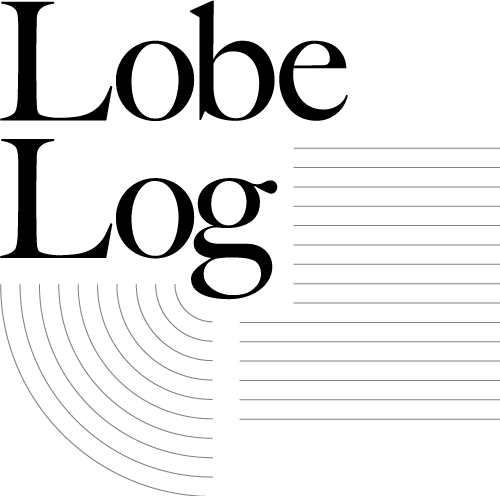
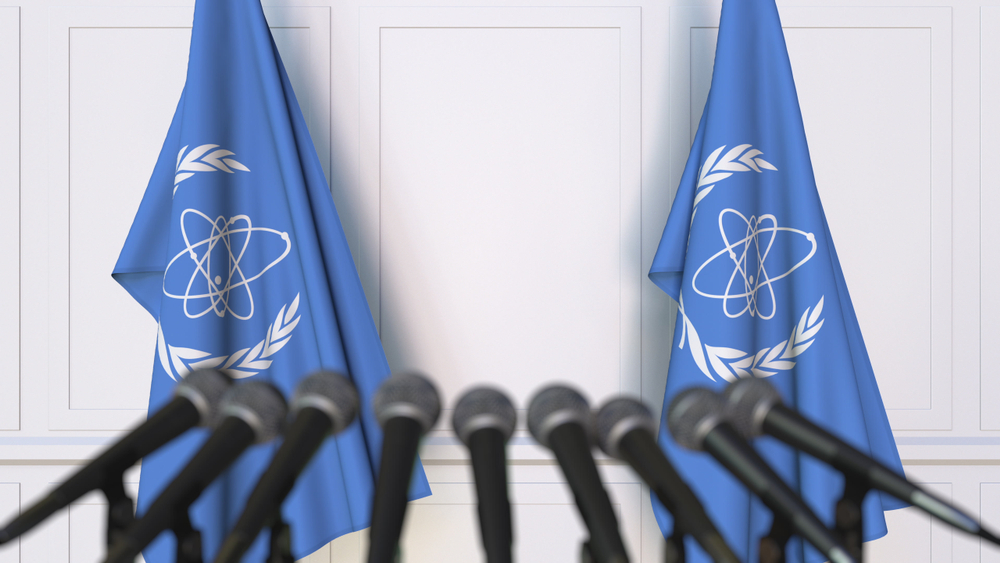
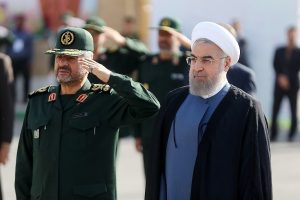
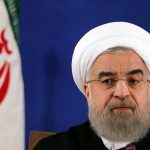
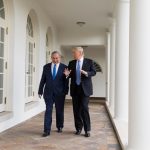
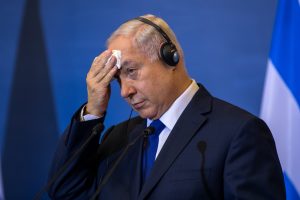
People just want to give the benefit of the doubt to the Ayatollahs, just because they do not like Israel or USA.
Basically, no one can be against the Ayatollahs, because it is automatically assumed that they are pro-Israel or pro-US.
The Ayatollahs then have a free ride to do anything wrong militarily or inhumane in Iran.
This report, like many ones before posted here, give the benefit of the doubt to the Ayatollahs. Is that right?
In support of Mark Fitzpatrick’s piece on the role of the IAEA, it is worth recalling the announcement of the award of the Nobel Peace Prize in 2005:
“The Norwegian Nobel Committee has decided that the Nobel Peace Prize for 2005 is to be shared, in two equal parts, between the International Atomic Energy Agency (IAEA) and its Director General, Mohamed ElBaradei, for their efforts to prevent nuclear energy from being used for military purposes and to ensure that nuclear energy for peaceful purposes is used in the safest possible way.
At a time when the threat of nuclear arms is again increasing, the Norwegian Nobel Committee wishes to underline that this threat must be met through the broadest possible international cooperation. This principle finds its clearest expression today in the work of the IAEA and its Director General. In the nuclear non-proliferation regime, it is the IAEA which controls that nuclear energy is not misused for military purposes, and the Director General has stood out as an unafraid advocate of new measures to strengthen that regime. At a time when disarmament efforts appear deadlocked, when there is a danger that nuclear arms will spread both to states and to terrorist groups, and when nuclear power again appears to be playing an increasingly significant role, IAEA’s work is of incalculable importance.”
The Nobel Committee’s statements continue to apply today, now in the case of Iran, while in 2005 it was the case of Iraq.
Of course A1li Mostofi is here with his usual fanatical anti-Iran comments, while the article is clear, the IAEA is trying to do its job, Israel as usual is finding terrible danger to its existence while it hides its 300 nukes ready to use, and Iran is blamed again for its non-existent threats by its alleged victim.
A regime is unreliable and dangers for everyone like Iranian. They are killing Iranian every day all catastrophic disaster as a result of the Islamic regime. Sanctions against people but the system are richer and stronger EU should support people rather than invite Zarif and fun with him. Iranian need EU help. EU should make sanctions for all government criminal organizations, and members of them. If staffs understand that participation, could harmful for them, they will withdraw from that criminal organizations.
Most of Regim atomic projects are the lie, they are not capable of generating electricity with reactors, because they need fuels from outside. They waste all money of iranian for leader ambition.
They build the underground facility for nuclear bombs with Spehae organizations, and they bring North Korea scientists to help them, that is clear, the close relationship between them.
They are unable to help people to flood how they ready for war. The lifetime of the regime is close to ending. If Iranian trust next system for transition, would people move for that.
There’s no evidence this “archive” even exists, let alone that it is accurate. If it even existed, now that the chain of custody of documentation has been broken, there’s no way to verify the accuracy and veracity of the documents. The Israelis know full well, as does Mr Fitzpatrick, that if there was a legitimate reason to suspect Iran of violating anything, there is a procedure to follow with the IAEA to legitimately investigate the claims. Instead, the Israelis put on a song-and-dance show, literally.
Conclusion: these are forgeries and intended to stir-up nonsense against Iran using a politicized IAEA — as usual